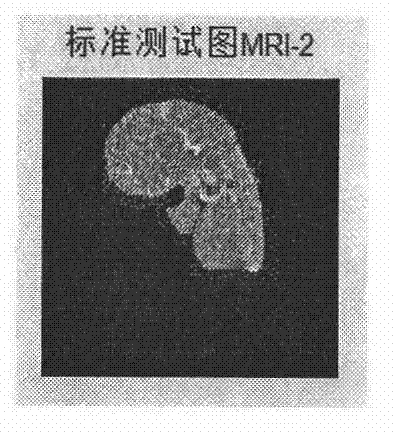Medical image robust watermarking method based on Arnold scrambling transformation and DCT (discrete cosine transformation)
A medical image and watermarking technology, applied in image data processing, image data processing, instruments, etc., can solve problems such as leakage or tampering, and achieve strong anti-geometric attack capability, high practical value, and high precision.
- Summary
- Abstract
- Description
- Claims
- Application Information
AI Technical Summary
Problems solved by technology
Method used
Image
Examples
Embodiment Construction
[0105]The present invention will be further described below in conjunction with accompanying drawing. Use a meaningful binary image as the watermark, see Figure 4(a), the size is 32×32. The original medical image used in the experiment is a three-dimensional image of the brain after CT scanning. The image of the tenth slice (128x128) is selected as shown in Figure 1(a). First utilize the scrambling transformation to scramble and encrypt the watermark (the number of times of scrambling depends on the desired effect, the number of times of scrambling is n=10, and the period of scrambling is T=24), see Fig. 4(b), of course, The scrambled image can be restored to the original image after a corresponding number of iterations, as shown in Figure 4(c). We denote the scrambled watermark as BW(i,j). Let the original image be expressed as F(i, j), where 1≤i≤128, 1≤j≤128, the corresponding full-image DCT coefficient matrix is FD(i,j), and its low-intermediate frequency coefficient is...
PUM
 Login to View More
Login to View More Abstract
Description
Claims
Application Information
 Login to View More
Login to View More - R&D
- Intellectual Property
- Life Sciences
- Materials
- Tech Scout
- Unparalleled Data Quality
- Higher Quality Content
- 60% Fewer Hallucinations
Browse by: Latest US Patents, China's latest patents, Technical Efficacy Thesaurus, Application Domain, Technology Topic, Popular Technical Reports.
© 2025 PatSnap. All rights reserved.Legal|Privacy policy|Modern Slavery Act Transparency Statement|Sitemap|About US| Contact US: help@patsnap.com



